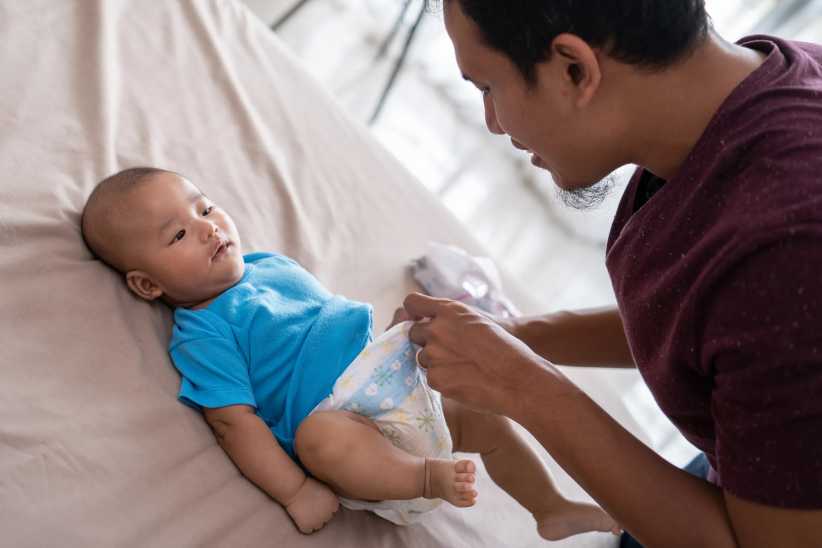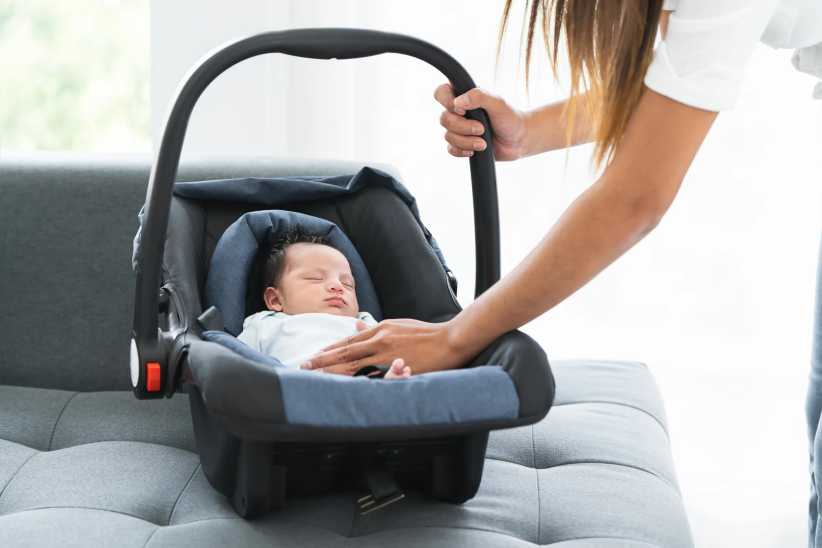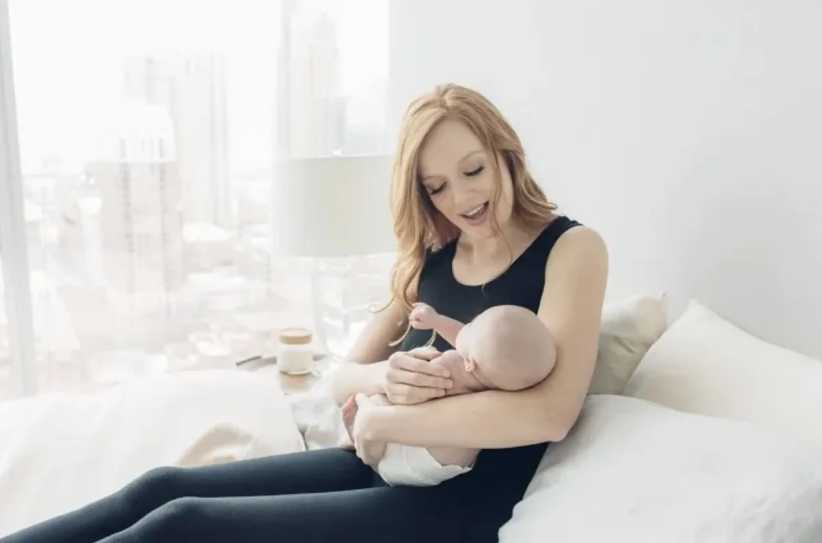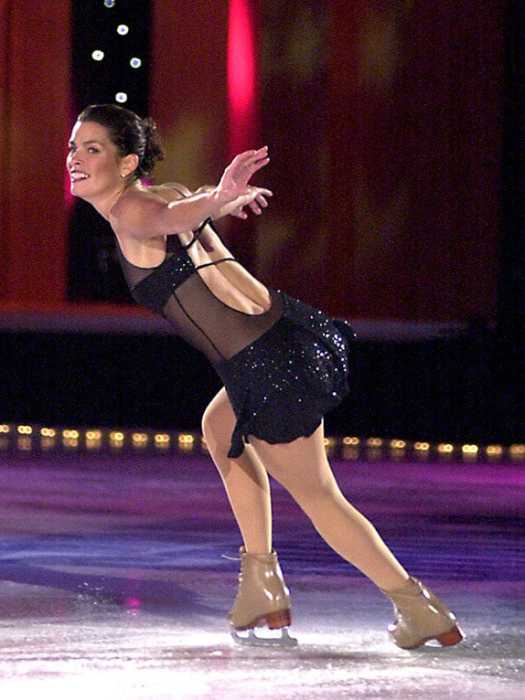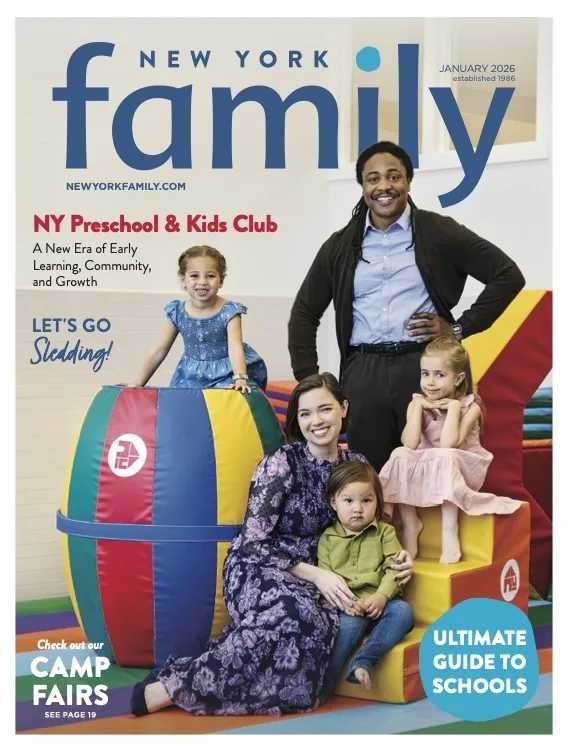
“It wasn’t easy, but he did it!” Sam’s mom called me, so excited to tell me that her son had given up his “paci.”
Sam is a 5-year-old boy who came to my office for speech and language therapy; I’m his speech pathologist. When Sam was 4 and a half, when we first met, I spoke with the mom and told her how important it was to give up the pacifier, as it had already had a negative effect on the structure of Sam’s teeth as well as his speech sound production. No, it’s not the norm to see a child of this age using a pacifier, but there are many “closet pacifier users” who continue to do so from ages 2-4.
So why give up the pacifier in the first place?
Starting in the toddler years, if your child has a pacifier in his mouth during daytime hours, he or she is not likely to start to babble, jargon, or produce words. Although the pacifier has its place when used early on for comfort, it can become a habit-forming behavior. Pacifiers are oftentimes used to quell a normal cry or whimper, eliminating the opportunity for a child to learn to self soothe. But I often have to bite my tongue when I see a caretaker place a pacifier in the mouth of a perfectly content baby or toddler. They don’t realize that they’re inhibiting the development of normal sound and word play–at a time when vocalization and the emergence of the first words are blossoming.
Additionally, the teeth will begin to shift from prolonged pacifier use, and, in some cases, there will even be an opening between the top and bottom teeth when the mouth is at rest. The sucking movement associated with the pacifier also causes the tongue to rest in a protruded manner and can effect the production of tongue tip sounds such as S and Z.
Unfortunately, my young friend Sam was the picture of a prolonged pacifier user and came to me with a strong frontal lisp, which indeed developed as a result of the pacifier. If I had known his mom earlier, I would have suggested that she consider weaning Sam from this habit by 18 months–that’s typically when there’s an emergence of many first words and speech production is occurring rapid fire.
As difficult as it may be for a toddler to wean from the pacifier, it becomes even more challenging for an older child to do so. So, Moms and Dad, as daunting as it may be, it is in your child’s best interests to begin the weaning process early, before these issues here appear.
For a younger toddler, the best way to do this may be to start limiting pacifier use to before nap- and bedtime only, with the goal being total elimination over a period of time. For an older preschool child who won’t part with his paci, a discussion of why “big” children give up their pacis, the way that they do their bottles and diapers, will be a start. However, at the end of the day, cold turkey may have to be the way to go.
Editor’s Note: For more on weaning a child off of their pacifier, we recommend these stories from Baby Center, Parents magazine, and PopSugar Moms
Randi Jacoby, M.S.C.C.C., is a speech and language pathologist in private practice in New York City. She can be reached at rjacoby2@nyc.rr.com.
*Big Event: Jacoby will be giving a “Helping Language Grow” lecture on facilitating language development in toddlers at 92Y on Tuesday, October 29 at 8pm.

